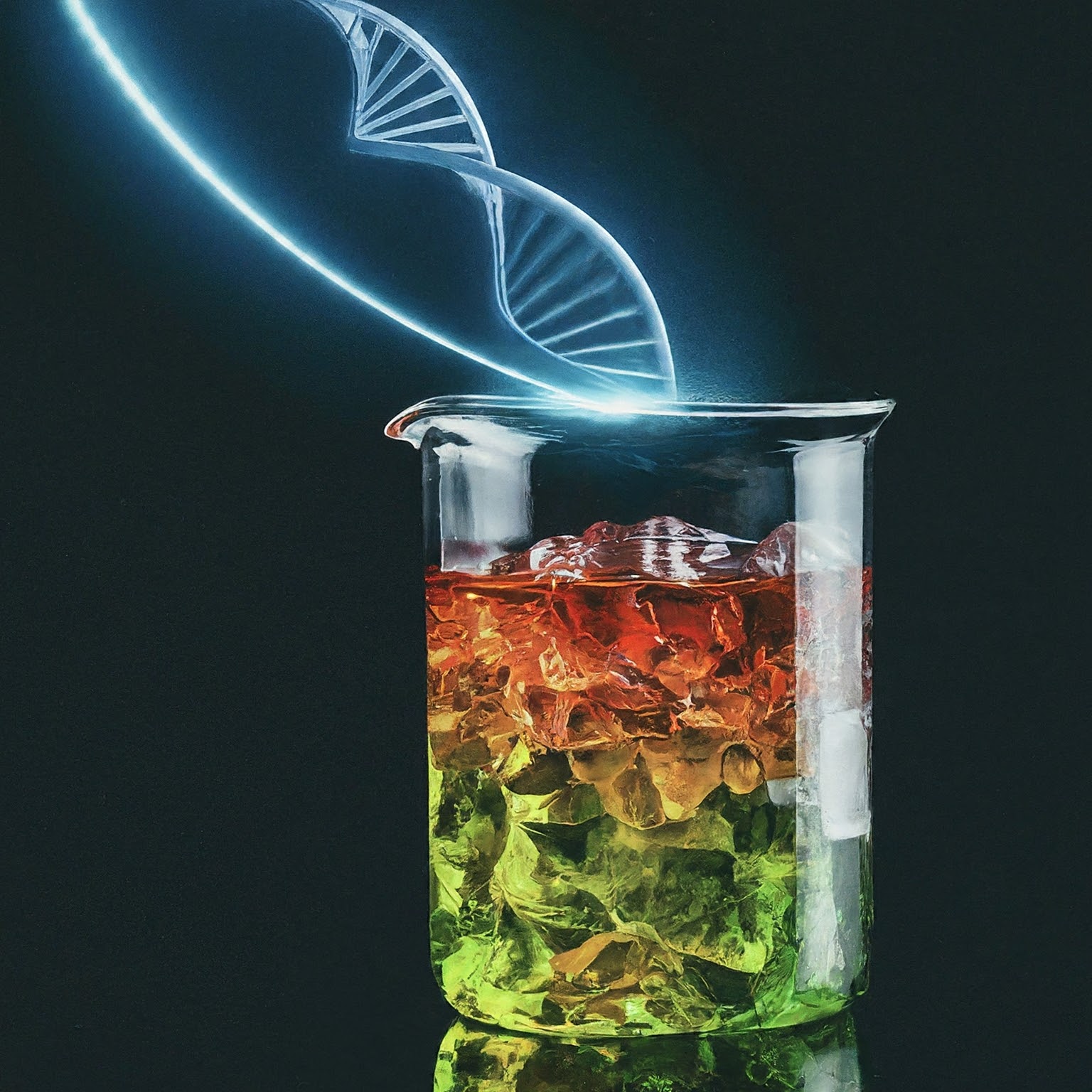Studying Previous Year’s Science Questions Part-2 is crucial for students preparing for upcoming exams due to several reasons. Firstly, it helps them understand the exam pattern, types of questions asked, and weightage given to different topics. Secondly, it allows them to identify important concepts and areas where they need to focus more.
Moreover, practicing these questions aids in improving time management and boosting confidence. Ultimately, it enhances their overall preparedness, ensuring better performance in the exams.

300 Previous Year’s Science Questions Part -2
- The change in apparent frequency due to relative motion between the sound source and the listener is the “Doppler effect”.
- Non-stick cooking utensils are coated with Teflon.
- Edible vegetable oils are converted into vegetable ghee by hydrogenation of oils in the presence of nickel catalyst.
- Niproprene is a synthetic rubber.
- The low temperature produced in cryogenics is obtained through adiabatic process.
- The sourness of lemon is due to the citric acid present in it.
- Noble gases are a group of chemical elements with similar properties. The main noble gases are – helium, neon, argon, krypton, xenon, radon.
- The definition of force is obtained from Newton’s first law of motion.
- The study of low temperatures is called Cryogenics.
- The least flammable fiber is terylene.
- Minimum possible temperature – 150C.
- The last element available in nature is uranium.
- Absolute zero temperature is called the lowest possible temperature.
- The shock waves that supersonic aircraft produce are called sonic booms.
- The frequency of ultrasound is above 20,000 Hz.
- There is a danger of the bridge collapsing due to the soldiers stepping on it at any moment, because the amplitude of vibration of the bridge increases due to the resonance state.
- Water dissolving into sugar is an example of a physical change.
- When a mass of water is heated from 00C to 100C, its volume will decrease from 00C to 40C and then it will increase.
- An ice cube is floating in a glass of water. When the ice melts, the water level will remain the same.
- Mercury and gallium metal are in liquid state at room temperature.
- Mercury metal remains in liquid state at normal temperature.
- The freezing point of mercury is 390C and the boiling point is 3570C.
- The pages of old books turn yellow due to oxidation.
- The rotation period of a satellite orbiting very close to the Earth is 1 hour 24 minutes.
- The orbital speed of a satellite orbiting very close to the Earth’s surface is about 8 km/second.
- Muscles make up an average of 40% to 50% of the human body.
- Excessive accumulation of lactic acid in the muscles causes fatigue.
- The covering of the muscle fiber is called sarcolemma and the fluid found in it is called sarcoplasm.
- Polyethylene is synthesized by polymerization of ethylene.
- Potassium bromite is used as a sedative.
- Organisms of the phylum Porifera are commonly known as sponges.
- Anthers are the most suitable parts for meiosis in plants.
- Light energy is transmitted in the form of electromagnetic waves in vacuum.
- Newton first gave the photon theory of light.
- Roemer first measured the speed of light.
- Light has the highest speed in vacuum.
- The nature of light rays is dual i.e. both wave and particle.
- Sir CV Raman received the Nobel Prize for the study of scattering of light rays.
- The speed of light is 3×108 m/s.
- The wavelength of light determines the color of light.
- The optical effect of light waves is caused only by electric vectors (electric fields).
- Photosynthesis and respiration are also chemical changes.
- Optical gauge works on the principle of reflection of light.
- Rectifier is used to convert alternating current (AC) into direct current (DC).
- The first synthesized organic compound was prepared in the laboratory by Wöller.
- Natural rubber is a polymer of isoprene which is obtained in the form of latex from the rubber tree.
- The splitting of white light into seven colors when passed through a prism is a physical change.
- In prokaryotic cells the work of respiration is done by mesosome whereas in eukaryotic cells the work of
- respiration is done by mitochondria.
- The main difference between prokaryotes and eukaryotes is the absence of a nucleus.
- Unicellular organisms come under the Protista kingdom.
- Formation of proteins or synthesis of proteins occurs with the help of ribosomes.
- Endoplasmic reticulum and ribosome organelles play important roles in protein synthesis.
- Platinum is one of the hardest metals.
- Sodium benzoic is used for preserving fruit juice.
- Formic acid and acetic acid both are organic and weak acids.
- Oxalic acid is used in photography.
- Bakelite and phenol are copolymers of formaldehyde.
- Batribrata (vertebrates) is the class of most developed animals.
- Cloudy nights are warmer than nights with clear skies because clouds block the radiation of heat from the earth and air.
- A polymer called polyamide is used to make bulletproof material.
- Benzene is an aromatic type of compound.
- The acid used in manufacturing baking powder is tartaric acid.
- Bauxide is the ore of aluminum metal.
- Brahmagupta had already told Newton that all objects are attracted towards the earth.
- Bryophyta is called “amphibian of plant class”.
- Butyric acid is found in butter.
- The two absorptive organs in the human alimentary canal are the cecum and the vermiform appendix.
- The standard sound level for humans is 30 -60 decibels.
- The brain, spinal cord, and nerves are all made of nervous tissue.
- Some tissues in the body, such as muscles, are more active than other tissues in the presence of mitochondria.
- Mitochondria are also called the powerhouse of the cell because it produces energy from the breakdown of food during respiration, which is stored in the form of ATP (Adenosine triphospate).
- The optimum relative humidity for human health is 60-65%.
- The human body normally functions between 7 to 8 pH value.
- Mast cells are found in connective tissue.
- Methane is also known as ‘marsh’ gas.
- Mirage is caused by total internal reflection of light.
- In some animals of the phylum Mollusca, blue or green blood is due to hemocyanin.
- Animals of the Mollusca class are isolaterally symmetrical.
- If a mirror is rotated through an angle 0, the reflected ray will rotate by 20 degrees.
- If the distance between two objects is halved, the gravitational force between them will become four times what it was before.
- If the Earth starts rotating at 17 times its current angular speed, the weight of an object placed on the equator will become zero.
- Mechanical or sound waves do not propagate in space/vacuum.
- Ununoctium (Uo) is a newly discovered element.
- Uranium is not a fossil fuel
- Phosphorus present in the blood maintains the balance between acidity and alkalinity in our body.
- Radar uses radio waves to detect enemy aircraft.
- The element used to vulcanize rubber is sulphur.
- Ribosomes are membraneless organelles.
- Chemical equations are balanced by the law of conservation of mass.
- Chemical exchange between blood and cells occurs through tissue fluid.
- Blood is also a type of tissue.
- Striated and voluntary muscles are found in the legs.
- Myosin and actin are the major proteins in striated muscle.
- The cone cells of the retina sense color and the rod cells sense intensity of light.
- Muscle fatigue after prolonged hard physical labor is caused by lactic acid in the muscles.
- Flexible articular pads at the ends of long bones are made of cartilage.
- Lysosome is called suicide bag.
- Litmus is obtained from lichen.
- Linnaeus developed the binomial system of naming organisms.
- Rust on iron occurs due to oxidation of iron.
- Rusting of iron increases its weight.
- The smallest unit of classification is species.
- When the pH value of rain water is 4 or less, it is called acid rain.
- The imaginary line which falls on the spherical mirror passing through the focus and pole is called the principal axis.
- Viruses are made of nucleoprotein.
- Watson and Crick have given the B-DNA model.
- Decibel unit is used to measure the intensity of sound in the environment.
- Diffusion of light in the atmosphere occurs due to the presence of dust particles in the atmosphere.
- The true body cavity is formed from the mesoderm stage of embryonic development.
- In vehicles, a convex mirror is installed next to the driver to see the rear view.
- In the electric cell, chemical energy is converted into electrical energy.
- The whale is the largest mammal.
- Both soft drinks and acetic acid are organic and weak acids.
- Oxide of nitrogen element occurs during cooling.
- The frequency range of audible sound waves is 20 Hz to 20000 Hz.
- White phosphorus is kept in water because it burns when it reacts with oxygen in the air but does not react with water.
- Shadows appear larger and more realistic on a white screen.
- The essential basic element of all organic compounds is carbon.
- In mitosis, the number of chromosomes in the daughter cell remains the same as in the parent cell.
- Mitosis is necessary for growth, repair etc.
- The blue color of the sea is due to the reflection of the sky and scattering of light by water particles.
- The hardest element is diamond.
- J.C. Bose was the first to say that there is life in trees and plants.
- The longest wavelength is of red color light.
- Cyanobacteria are considered to be the first photosynthetic organisms.
- The seventh period is still incomplete.
- The difference between sounds of normal intensity and pitch is called quality.
- The main component of vinegar is acetic acid.
- Acetic acid is found in vinegar.
- Animals of the phylum Coelenterata are aquatic whose body is made up of two layers of two cells.
- The energy of sunlight reaches the Earth through radiation.
- The light ray coming from the sun can be focused at a point with the help of a concave mirror.
- It takes about 500 seconds (8 minutes, 20 seconds) for light to reach the Earth from the Sun.
- The reason why the Sun is visible even a few minutes before sunrise, i.e. even when it is below the horizon, is due to refraction of light.
- Malic acid is found in apple.
- The commercial name of sodium bicarbonate is baking soda.
- Sodium benzoate is most commonly used as a food preservative.
- Starch is a polysaccharide.
- Steel is mainly a mixture of iron and carbon.
- Muscles and tendons are connective tissue.
- To hear a clear echo, the minimum distance between the surface reflecting the sound and the listener should be 17.2 meters.
- Green plants come under the first nutrient level.
- Chloroplast is also called the kitchen of the cell because food is produced in it through the process of photosynthesis.
- Blackening of silverware in air is a chemical change.
- Hydra has a nervous system without a brain.
- Hydra does not have blood, yet it respires.
- The contraction of the heart muscles is not controlled by the nervous system but by the muscles themselves.
- Cardiac muscles are found only in the heart wall.
- Mitochondria are found in abundance in heart muscle.
